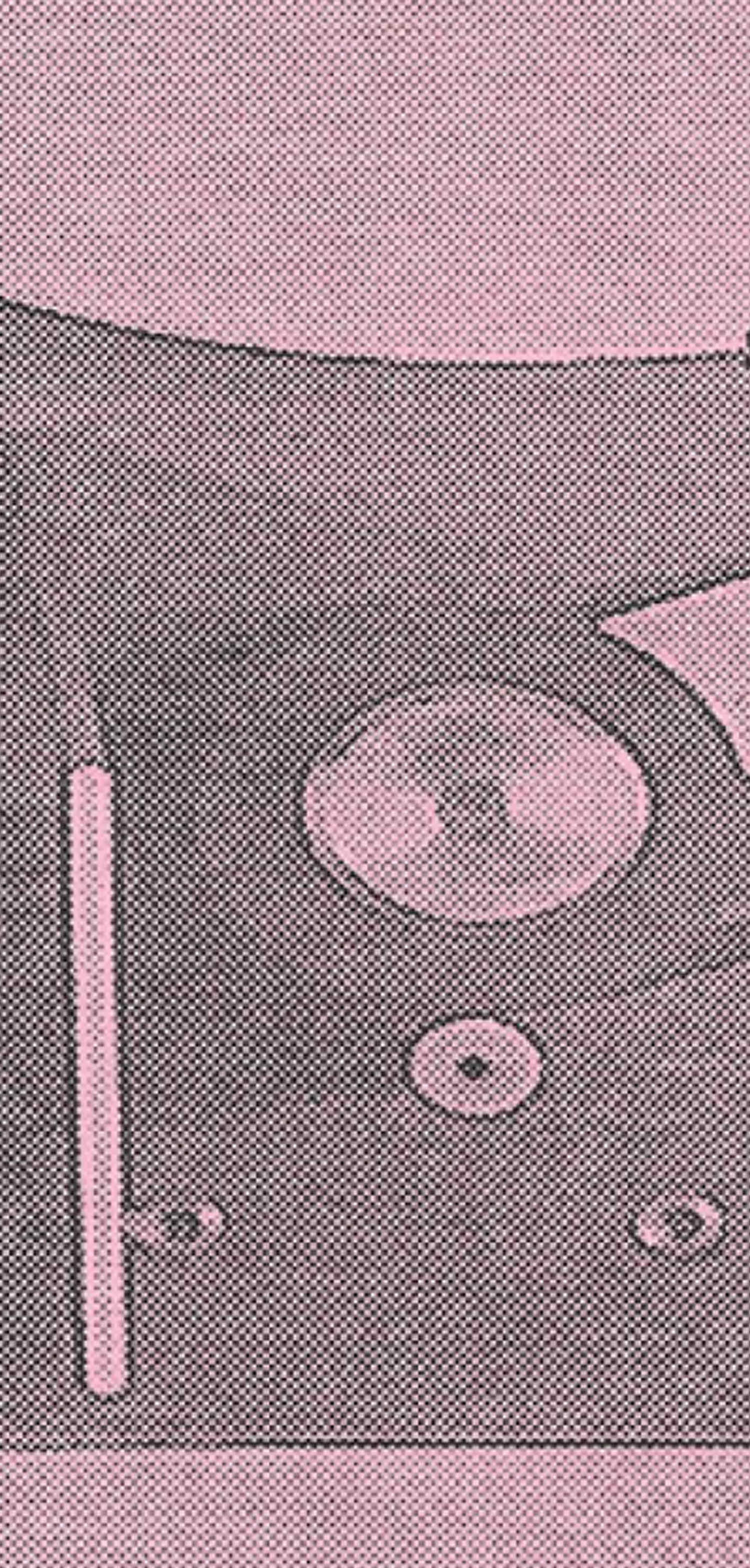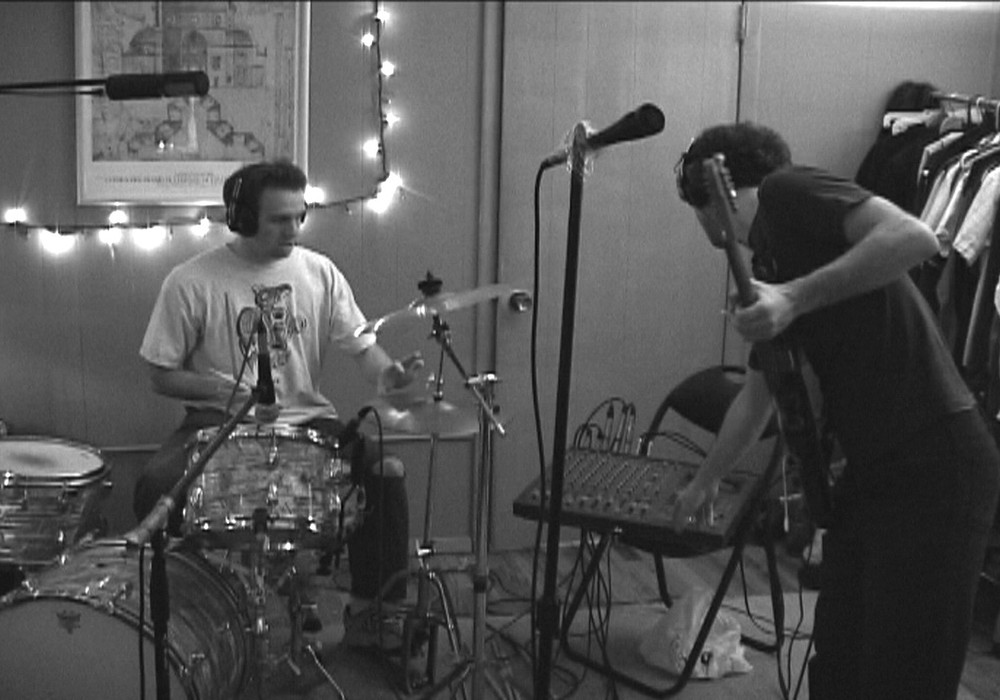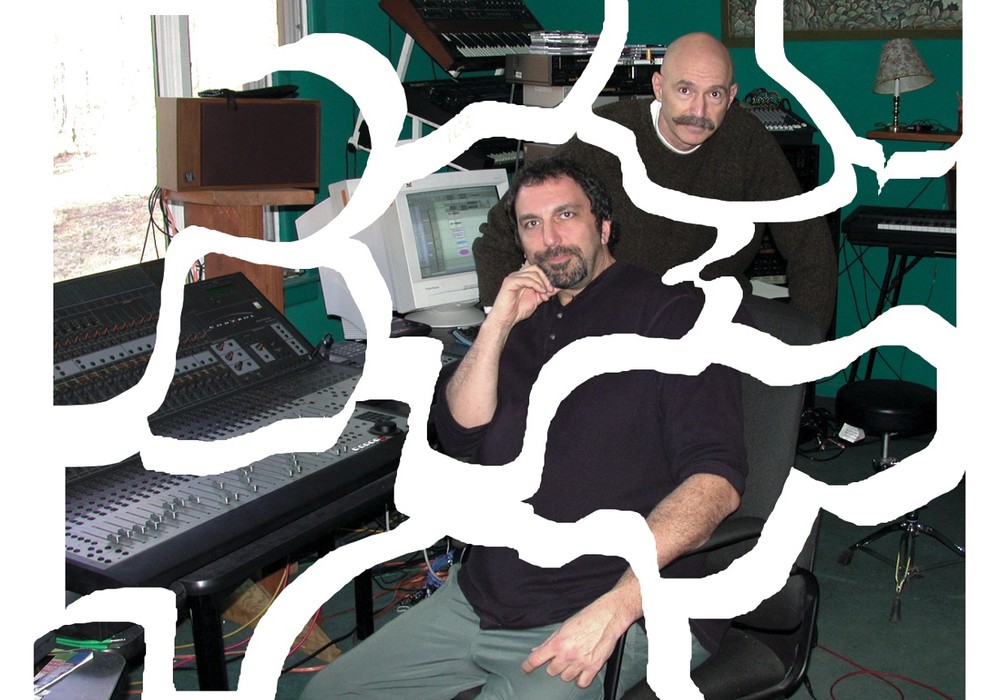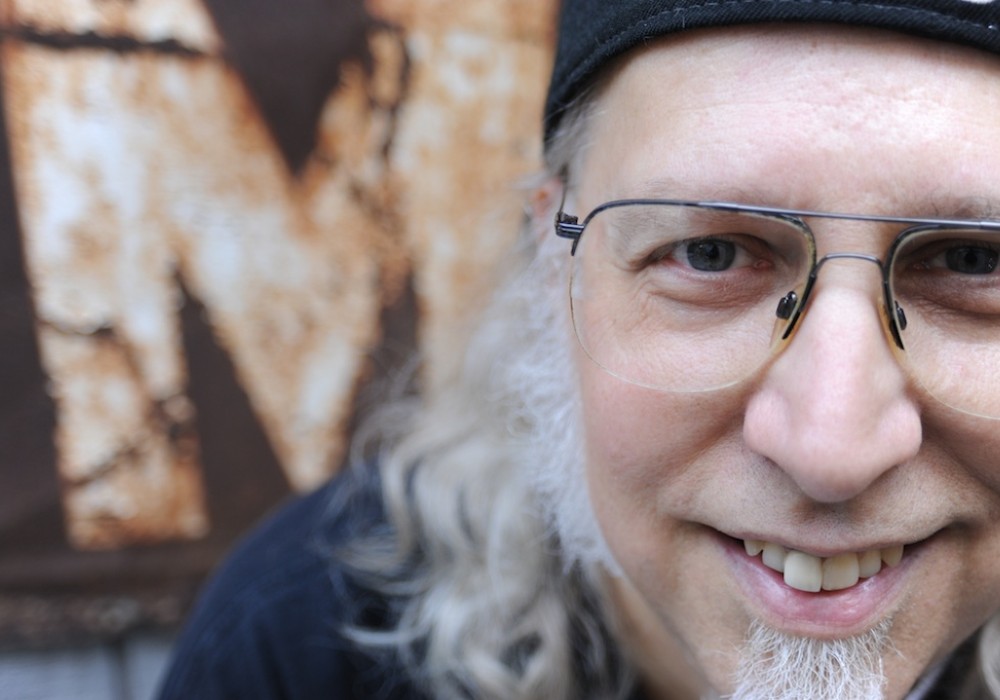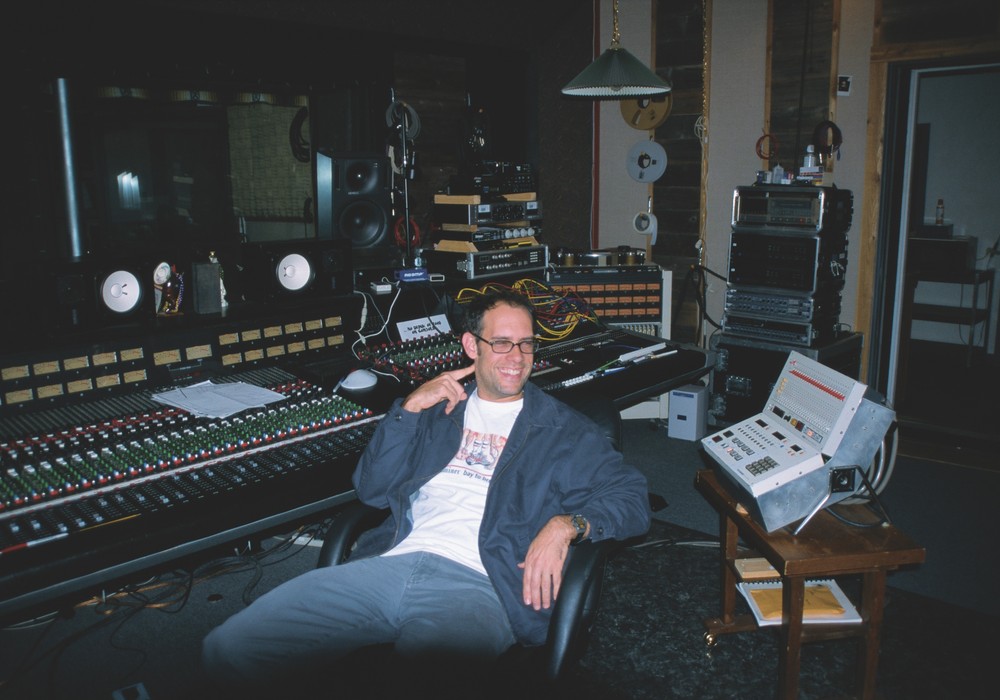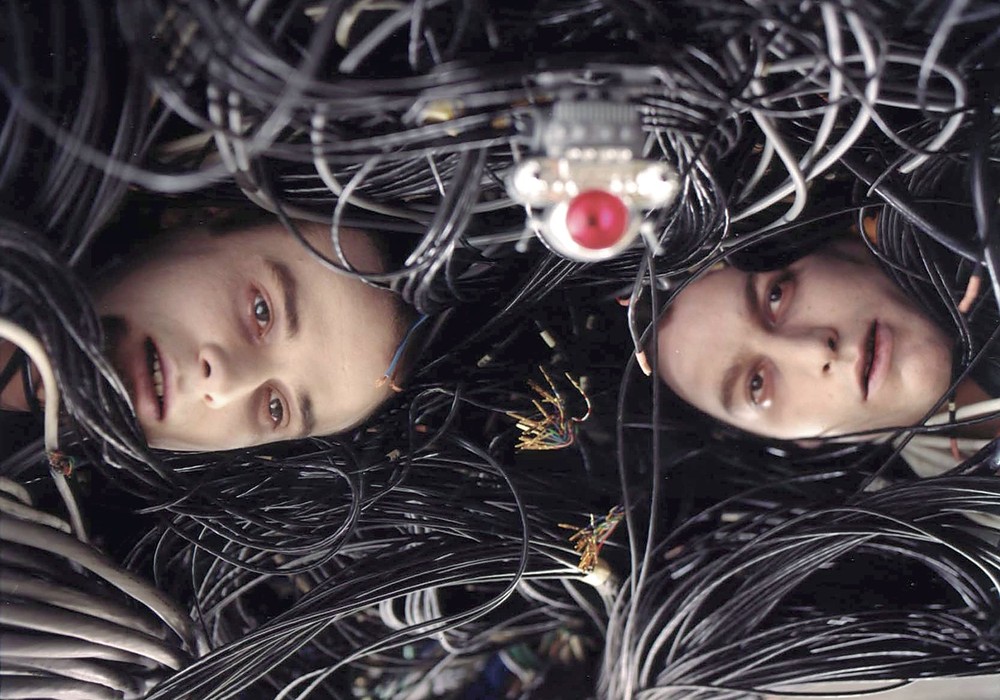THE BEATLES RECORDING SESSIONS
The Official Abbey Road Studio Session Notes, 1962-1970
This book is required reading for all Tape Op readers. Writer and researcher, Mark Lewisohn, also wrote the highly informative liner notes to the Beatles Anthology series of CDs (while he helped compile them) and had studied the vaults of recordings previously as he was compiling this book. It runs chronologically, explaining who did what on every day of recording at Abbey Road. Sometimes it's amazing, going into detail for the Sgt. Pepper's... recordings, and other times it's depressing, watching the end of the Beatles through the fragmented recording sessions of Abbey Road and Let it Be. It's mostly just amazing to see how they progressed from simple little pop songs to understanding what could be done with the new recording technology and how George Martin brilliantly let them explore these ideas and came up with so many of his own. I guess, what I'm trying to say, is that even if you hate the music, this was the band that really took recording in new directions, even existing as a "studio-only" band for four years. It should be obvious that the history of the Beatles in the studio would be of interest to anyone who records any kind of rock/pop/indie music. And it's an amazing read.
MICROPHONE MANUAL
Design and Application
David Miles Huber put together this handy microphone guide. In it, he discusses microphone types, how they work, how best to use them and more. Stereo micing mysteries are solved, special uses for boundary (PZM) mics are discussed, micing tips for individual instruments and drums are laid out clearly and individual brands of mics are listed. Sometimes it gets a bit technical, and I got overwhelmed with this at times, but there is so much practical knowledge that could benefit anyone working with recording that I would recommend this book.
PRO-AUDIO MARKETPLACE
I found a out about this handy service through Greg Freeman, producer-to-the-stars. It's $25 for a one year subscription which gets you a monthly catalog, access to the on-line catalog, and the chance to run your own classified ads in every issue during that year for no extra fee. Typical ads have lots of used gear for sale or trade, anything from a SSL console (you don't even want to know the price!) to Shure 57's. Most of the sellers are studios or home recording folks but some seem to be "wheeler-dealers" who make some dough moving gear around and consequently don't offer very good prices. This is a good resource for anyone setting up a studio or on the lookout for gear. Prices for some stuff I've seen listed were amazingly low, but you're never sure what kind of condition the stuff may be in. They do offer a "Third Party Service" where they will, for a small fee, hold your payment until the goods arrive to insure against getting ripped off. I've bought some stuff through here and dealt with the sellers direct, and can assure you the people I came into contact were not only honest but we ended up having friendly chats about gear and studios. It's a good resource and I'm spreading the word.
Pro-Audio Marketplace
467 Saratoga Ave. #440
San Jose, CA 95129
800/469-0023
info@proaudiomarketplace.com
A SCARY STORY
My pal, Adam Wakeling in Seattle, recently got a chance to record a band on a borrowed Tascam 8 Ω" track. After a rather successful day of tracking the meat of the songs they came back the second day to do overdubs. Things were going well until Adam noticed the tape seeming to stick to the tape path. When he looked closer, he saw gummy, black stuff stuck all over the tape in the spots where they had been overdubbing. You guessed it--a deteriorated pinch roller (rubber turns to mush over time) had gummed itself all over the tape. When he quizzed the guy who's space they were recording in about the head cleaning, Adam was shown a Q-Tip covered in black crud! Let this be a lesson to all of you: Always check the tape path. A healthy pinch roller won't have a sticky (or...
